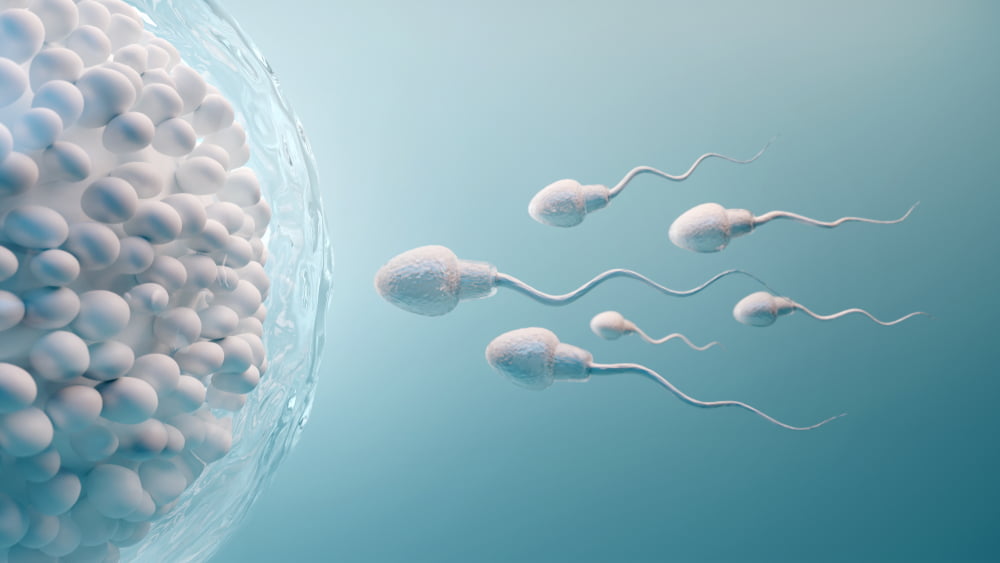Infertility touches roughly one in six couples, and men contribute to the problem nearly half the time. Over the past half-century, researchers have documented a striking fall in sperm numbers and semen quality. A large meta-analysis spanning North America, Europe, Australia and New Zealand reported that, between 1973 and 2011, sperm concentration dropped by more than 50%, with total sperm count falling close to 60%. In plain terms, many men today are producing less semen and that semen contains fewer sperm than it did in previous generations. The authors flagged this as a serious public-health concern and called for urgent work to uncover causes and solutions.
What’s driving the decline?
There’s no single culprit. Lifestyle patterns such as smoking, heavy drinking, recreational drug use, excess heat exposure, and poor diet are all under scrutiny. At the same time, scientists are investigating environmental chemicals with hormone-disrupting effects—BPA is a commonly cited example—that may subtly interfere with male reproductive development and function over time. Untangling these threads is difficult, but the trend line has been consistent enough to prompt a search for modifiable factors.
Why omega-3s matter to sperm
Like the brain and retina, sperm membranes are rich in long-chain omega-3 fats—especially DHA. Animal studies show DHA is critical for building the acrosome, the pointed “cap” that houses enzymes a sperm uses to penetrate the egg. When DHA is lacking or cannot be made properly, sperm can fail to mature, leaving them unable to fertilize. Severe DHA deficiency is uncommon, but marginal status and suboptimal intake are not, and that has pushed researchers to ask whether boosting omega-3s could support healthier semen profiles in humans.
The Danish conscript study: what it found
A research team at the University of Southern Denmark examined this question in a large cross-sectional study published in JAMA Network Open. The participants were healthy 18–19-year-old men undergoing routine fitness assessments for national service. Separately from their conscription exams, the men completed detailed questionnaires about health, habits and recent supplement use, provided a semen sample, and had blood drawn for reproductive hormone testing.
Men who reported taking fish-oil supplements in the prior three months tended to have larger testicular volume, greater semen volume and higher total sperm counts compared with their peers who did not use fish oil. On the hormone side, supplement users showed lower levels of FSH and LH—signals from the brain that rise when the testes are underperforming—and a higher ratio of free testosterone to LH, a pattern suggestive of more efficient testicular function.
These associations held after accounting for other supplement use, which strengthens the case that the signal was specific to omega-3s rather than a generic “health-conscious user” effect. Importantly, Denmark’s fish intake in this age group is relatively modest, making it less likely that non-supplement users were compensating with high dietary omega-3s.
Reading the fine print
Because this was an observational snapshot, it cannot prove that fish oil caused the differences. Supplement use was self-reported, and the actual EPA/DHA content of the products wasn’t verified. The study also lacked comprehensive dietary data, so some misclassification is possible. Even so, the consistency of the findings across semen metrics and hormones is noteworthy and aligns with what basic biology would predict: tissues that rely on long-chain omega-3s may function better when those fats are readily available.
Practical takeaways
For men with low fish consumption, ensuring adequate EPA and DHA—through oily fish such as salmon, sardines and mackerel, or via fish-oil or algae-based supplements—appears reasonable, particularly when fertility is a priority. Omega-3s carry additional cardiometabolic benefits and are generally well tolerated. That said, supplements are not a stand-alone fix. Fertility is multifactorial, and the foundations still matter: maintaining a healthy weight, moderating alcohol, avoiding tobacco and excessive heat to the testes, managing stress, and minimizing exposure to endocrine disruptors all play roles.
The Danish data don’t close the case, but they add a compelling piece: in young, otherwise healthy men, higher omega-3 intake tracked with more favorable semen parameters and hormone profiles. Replication in controlled trials will tell us how much improvement is achievable and in whom. For now, men who rarely eat fish and are concerned about fertility have one more evidence-based reason to consider bringing EPA and DHA into the mix.




